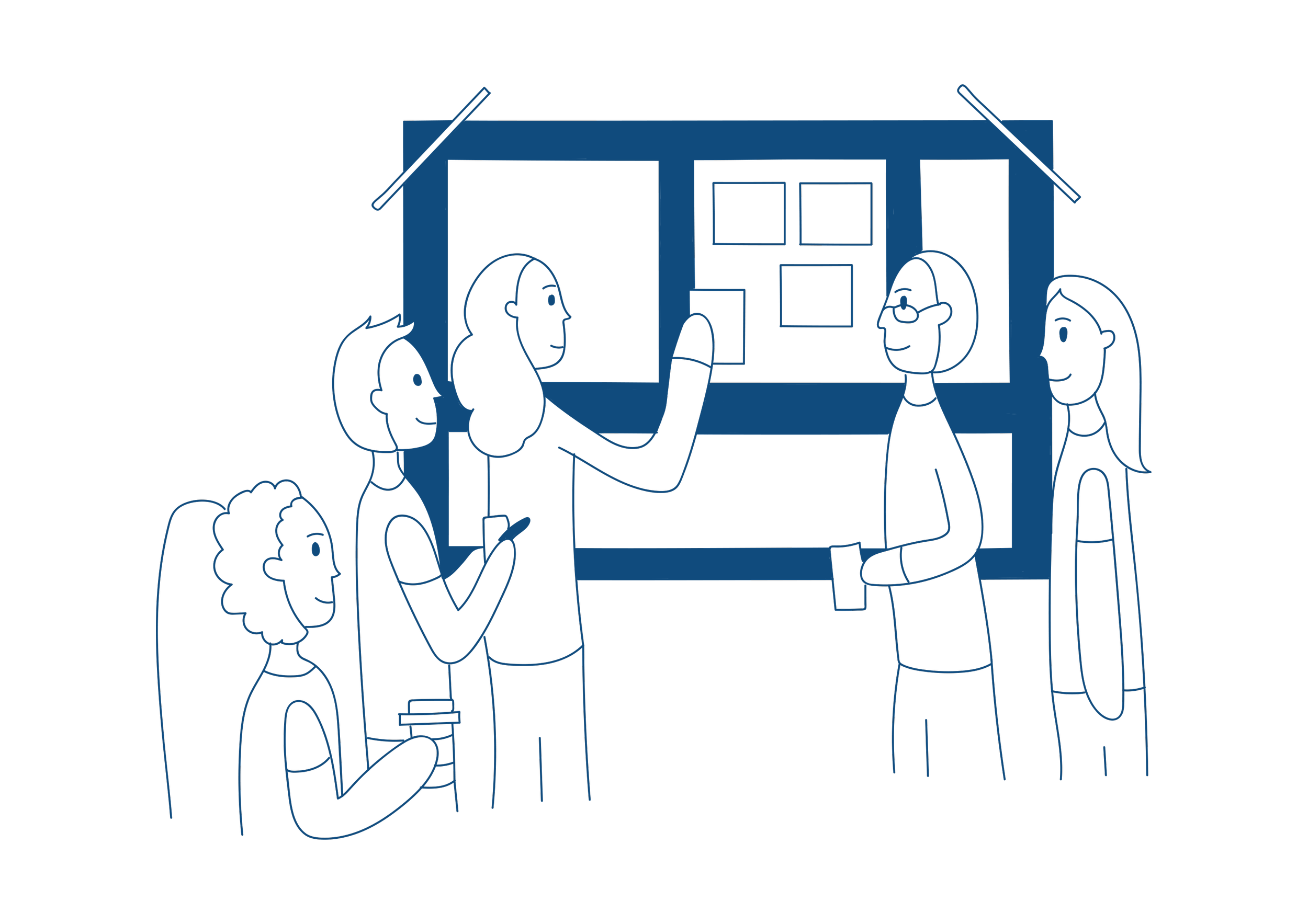A guide to daily meetings
Boost productivity and work together efficiently as a team. Alongside Information Centres, daily meetings are an effective way to create a continuous improvement culture.
What are daily meetings?
Anyone who has ever worked with Ad Esse knows that we are passionate about Information Centres & daily meetings – the two go hand in hand! Daily meetings are a useful method for boosting productivity and working together efficiently as a team.
How to run effective daily meetings
Keep them short (10-15 mins) and do it at the same time every day, preferably first thing in the morning. Have someone different lead the meeting every day. Agree on a simple agenda which includes things like addressing problems where you identify new ones, allocate people to resolve them, and provide updates during the meeting. Ask everyone their priorities for the day ahead and any barriers to achieving them. Use something visual to support your meetings like a piece of paper, word doc, slides, or a system like Kanban Flow or MS Planner.
Practical advice from Rhiannon & G
Ad Esse Directors, Rhiannon Gibbs and Gurdeep Gahir (G) ran a Q&A session to help you run effective daily meetings and get the most from your team by optimising your sessions. Here are their answers to a few of your questions.
Helpful tools for daily meetings
Kanban Flow – a lean project management tool
Zoom – video conferencing
Microsoft Teams – Video calling and collaboration
Sharepoint – Online document management system
Google Hangouts – Group video calling
Lucid chart – Collaborate on charts and diagrams
Buffer – Schedule social media posts
One Note – Multi-user online notebook
Some people are struggling to use the call technology. How do we resolve?
You don’t need technology. It can be as basic as a conference call where someone makes notes. These can be distributed afterwards by email or the note taker can recap at the beginning of the next meeting. So, technology should not be a barrier. Get started tomorrow, even if it’s just pen & paper!
The meetings go on too long. How do I keep them short?
Define and allocate the problems on the call, then deal with the issues separately off the main call. Make sure that everyone understands the issue that you’re solving and provide updates. Rhiannon shares useful advice for helping you to get more done by reducing meetings and emails. Watch the video below.
Who should be part of the meeting?
The manager and their direct reports. So if you’re an Exec, it’s your Head of Services or Directors. If you’re a Head of Service, it’s your Managers. And if you’re a Manager, it’s your team members.
People aren’t taking ownership of the problems. How do we resolve this?
Making sure that you have a daily update can help. Don’t step in and do it for them – let them search for the solution themselves.
What happens if someone can’t make the meeting?
Go ahead regardless, there’s one every day. Just catch up with them at some point during the day. Get the meetings in the diary, so there are fewer reasons to miss a meeting and set a time that works for the majority.
If you have any more questions about running daily meetings, we’re happy to have a chat. You can email us at hello@ad-esse.com

